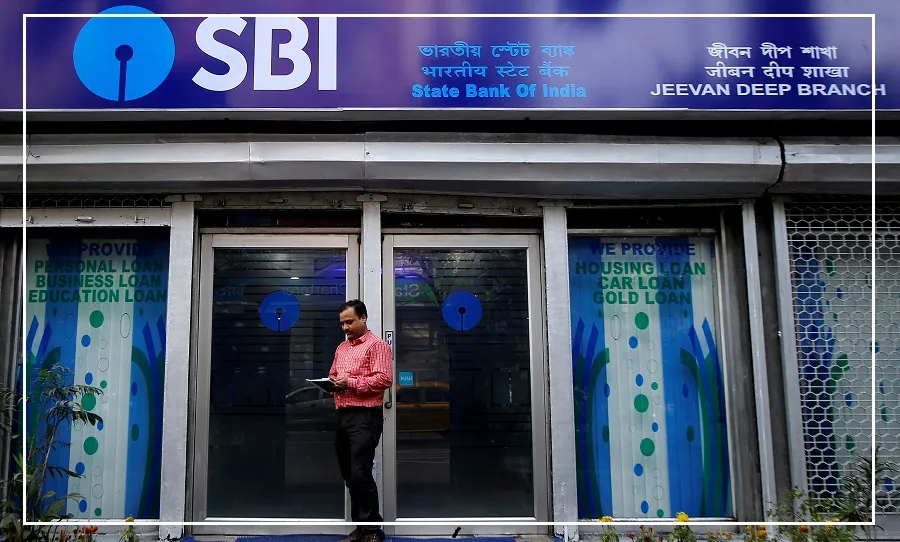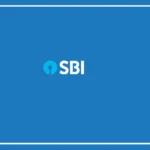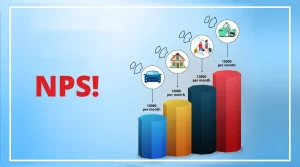Prominent financial institutions, such as the State Bank of India (SBI), HDFC Bank, Union Bank of India, Punjab National Bank, and Bank of Baroda, have recently rolled out an innovative service – Unified Payment Interface (UPI) interoperability with the digital rupee.
This groundbreaking initiative leverages the UPI QR code infrastructure to simplify payments for countless users. Discover how this service operates to transform digital transactions.
Demystifying UPI QR Code-CBDC Interoperability
What Is UPI QR Code-CBDC Interoperability?
The digital rupee, also known as E-Rupee, represents an electronic iteration of the Reserve Bank of India’s Central Bank Digital Currency (CBDC).
RBI introduced two versions of digital rupee, CBDC-W for select financial institutions, and CBDC-R for broad usage, including private sectors, non-financial consumers, and businesses.
In essence, CBDC stands as the digital counterpart to traditional paper currency.
Facilitating Transactions with Any UPI QR Code
Joydeep Dutta Roy, Executive Director of Bank of Baroda (BoB), highlighted the introduction of UPI QR Code-CBDC interoperability, enabling customers to utilize their digital rupee holdings for payments by scanning any UPI QR code.
Shopkeepers merely need to display their QR code, which can accept both CBDC and UPI payments.
This interoperability is set to accelerate the adoption of digital currency among the public while bolstering the infrastructure for digital rupee usage in stores.
Navigating CBDC Transactions
Currently, digital rupee is in the pilot project phase, accessible to individuals included in the e-Rupi network through their respective banks.
To get started, users must download the Digital Rupee App on their mobile devices and register with their bank-registered mobile number.
A new Digital Rupee Wallet PIN must be created, along with selecting a verification method such as fingerprint or face unlock.
The app offers four main options: Send, Collect, Load, and Redeem, with digital rupee value mimicking traditional paper currency.
Each digital note carries a unique identifier similar to conventional banknotes.
Using the Digital Rupee App
Depositing funds from a bank account into the digital rupee or CBDC wallet is initiated by clicking on ‘Load.’
Unlike UPI, funds in the Digital Rupee wallet require pre-loading before use. To transfer money to a mobile number or employ a QR code, users must click on ‘Send.’
Banks Offering CBDC-UPI Interoperability
Prominent banks offering CBDC-UPI interoperability services include Bank of Baroda (BoB), Punjab National Bank (PNB), Kotak Mahindra Bank, HDFC Bank, Yes Bank, Axis Bank, and Union Bank of India.
This forward-thinking initiative promises to revolutionize digital transactions in India, providing convenience and flexibility for users across the nation.

























